In all kinds of films and TV shows, villains seem to love sunglasses as an accessory, no matter their profession or occupation. Looking back at classic villains, we can almost sum up a formula for villains: villain = sunglasses + dark outfit + grim expression + superb fighting ability.
Adding random elements to this formula, such as profession, life, personality, and other elements of the character's persona, you can create a variety of villains, such as the following classic villains -
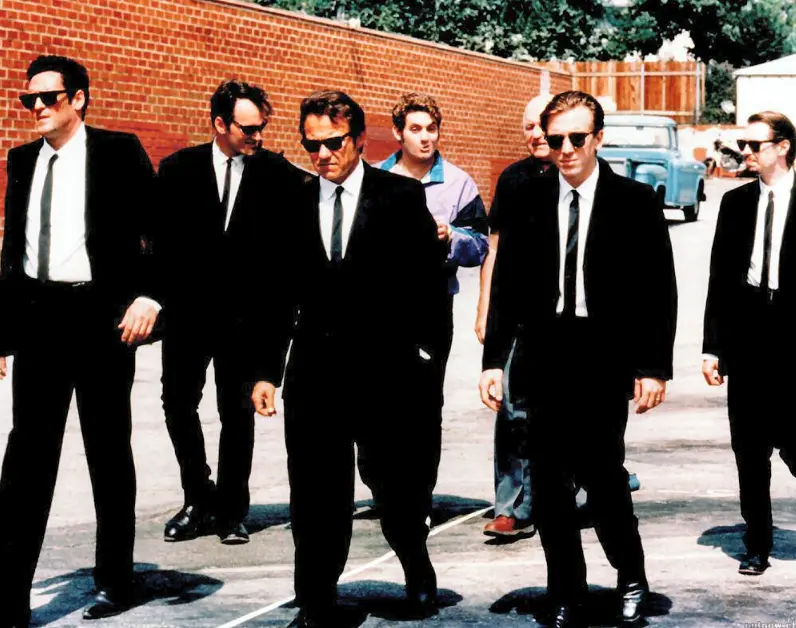
Reservoir Dogs (1992) Gangster bandits with a suit and sunglasses
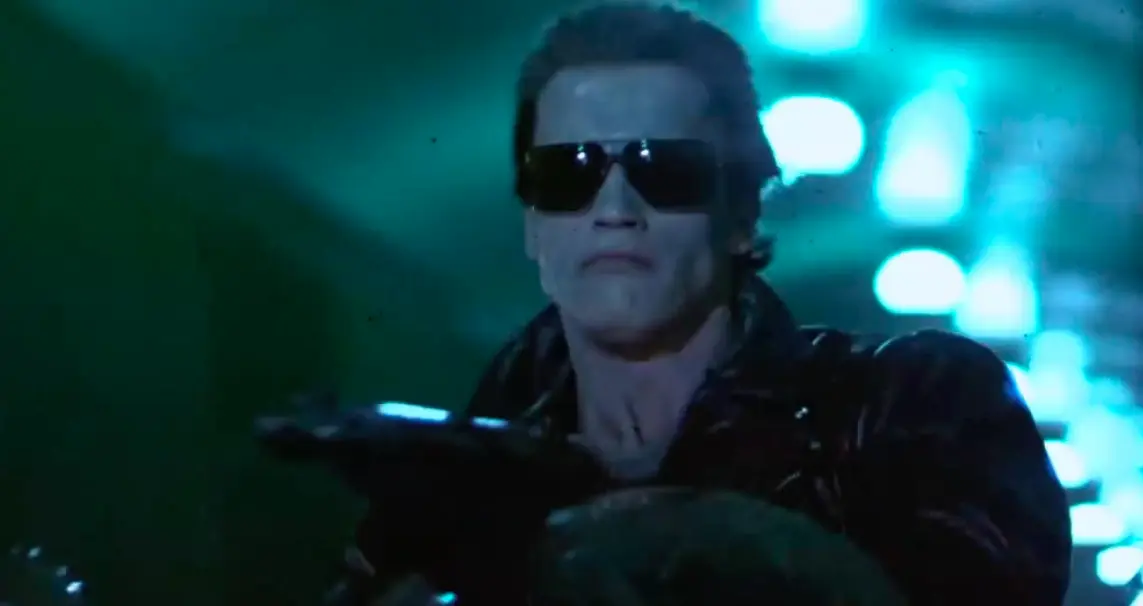
The Terminator (1984) Arnold Schwarzenegger, the robot killer T-800
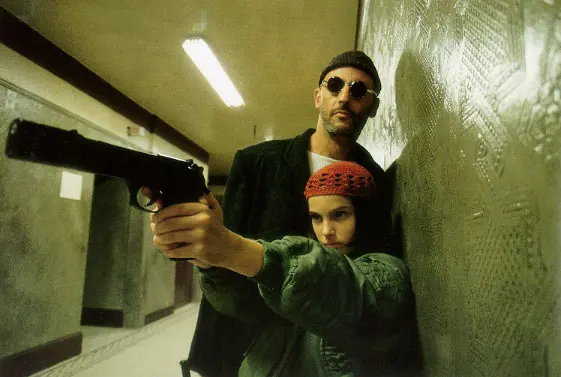
Léon (1994) Jean Reno, the lonely professional killer Léon.
Not a villain, but still, not an innocent guy.
Are villains in film and television often wearing sunglasses to look sharp, or to hide their fear of committing crimes? Or is it a way to disguise themselves from the police? What exactly is the purpose of sunglasses? Why have they become the standard for villains in films and dramas?
1- From eye protection to fashion statement
Initially, the dark lenses of sunglasses served a very practical care function. On the one hand, they can help visually impaired people to shield their eyes from sunlight or very bright lights in their vision, avoiding the sensitivity and pain caused by light. On the other hand, it can also cover eyes that are less aesthetically pleasing due to injury.
When citing scenarios where sunglasses are more widely used, people often think of holidays filled with bikinis, sun, and beaches, or fashion shows filled with spotlights, cameras, and strobes. As a fashion accessory, sunglasses can indeed add style, coolness, and confidence.
The first fashion photograph of the world wearing sunglasses was taken in 1938 in the American fashion magazine Harper's Bazaar by photographer Louise Dahl-Wolfe. Here, model Mary Sykes is seen writing a postcard in a cotton dress and exotic headscarf, bathed in the Puerto Rican sun. With her bronze skin and round, white-framed sunglasses, the model has all the typical elements of the laid-back American lifestyle. Subsequently, sunglasses were widely used in fashion scenes and many luxury brands' sunglasses became one of the hot products.
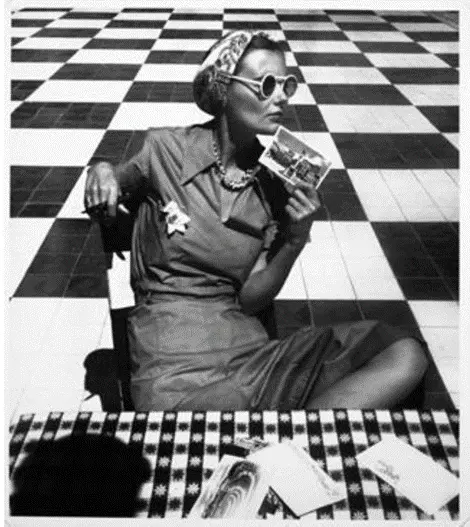
Illustration of a woman wearing sunglasses in Harper's Bazaar, 1938
As a pioneering lifestyle icon and a fashionable element of the upper class, the cool feel of sunglasses went beyond their physical function of blocking the sun and lowering the temperature of the eyes to become an identity marker in modern urban culture.
At the same time, sunglasses began to be used as an aid for pilots and even became a growing product for the aviation industry. Ray-Ban, the eyewear brand created by the American eye health company Bausch and Lomb, invented polarised lenses, which were widely used by US Air Force pilots during World War II to block the glare of the sun. In 1937 the company began to offer them to the public, where practicality finally met fashion. Since then, sunglasses have followed the fashion show and changed dramatically, from the shape of the frame to the color of the lenses.
Then again, could it be that villains in films and dramas also wear sunglasses to follow fashion trends? Of course, this speculation cannot be ruled out, as many of the villains in the plot are either gang bosses or fighting masters, and it is only natural that they set fashion trends. But from the perspective of film and television, perhaps there is more to the characters wearing sunglasses than that.
2-Emotions obscured by sunglasses
Most performers are usually not experienced shooters and tend to blink when firing a gun due to the muzzle flash, so sunglasses are often used to hide this fact in action films.
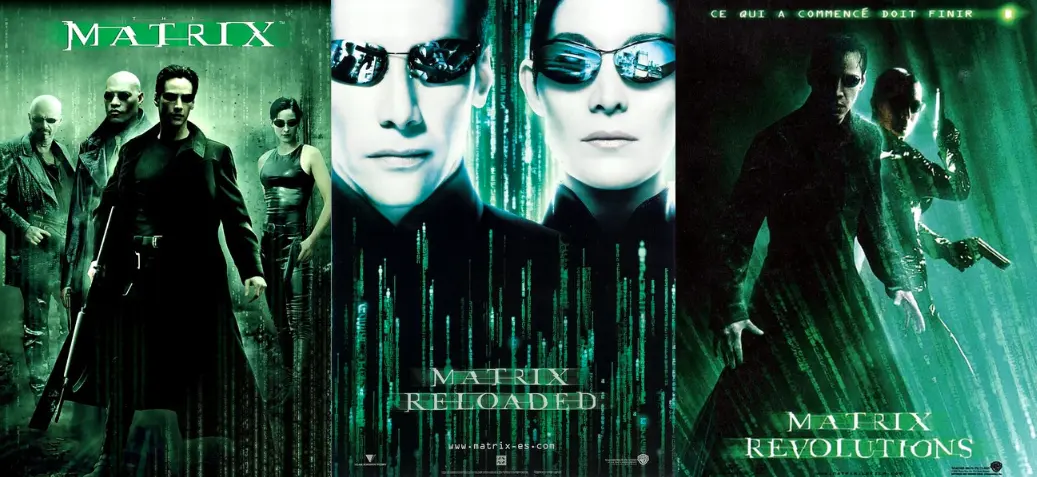
The Matrix(1999)
Sometimes the look of sunglasses has a deeper meaning as part of the character design. For example, in The Matrix, the styling of multiple characters all wearing sunglasses is very unique. The sunglasses are a metaphor for 'protection' in the film. The person who has been invaded by the Matrix is treated as a program, and the sunglasses seem to be a code that protects the program. Symbolically, putting on the sunglasses represents isolation and self-protection, while taking them off indicates openness and honesty. The metaphor of sunglasses is evident in scenes such as Neo's conversation with the Prophecy and his battle with Agent Smith.
In reality, psychologists have also conducted a lot of research on the effect of sunglasses on people's emotions. Dr. Paul Ekman, a leading psychologist on facial expressions, says that about a third of the 23 facial expressions associated with human emotions involve the eyes and that not seeing a person's eyes can considerably reduce our ability to infer their emotions.
For example, from an uncovered face, we might be able to distinguish a genuine smile from a fake one by the five senses, especially the eyes. But if the smiler is wearing sunglasses, then there is no way for us to tell. In a real smile, the muscles of the orbicularis oculi are activated, creating wrinkles around the eyes that are difficult to fake, and the presence of sunglasses completely denies us access to the other person's mind.
In this way, the villains in films and dramas wear sunglasses for some reason to protect themselves and hide their emotions. Due to the plot, villains need to be consistently intimidating, but they may not always be brave. Imagine if the audience could see the villain's eyes at all times, perhaps picking up on the vague cowardice of the character from the flow of emotions, would the character be much less distinctive?
For actors with a milder, less aggressive appearance, the addition of sunglasses can obscure their "decency" and add some menace. Unlike the hoods worn by robbers, sunglasses are unobtrusive but hide their appearance and expressions and make them look bad, making them the perfect villainous tool.


 Log in
Log in

No comments yet,
be the first one to comment!